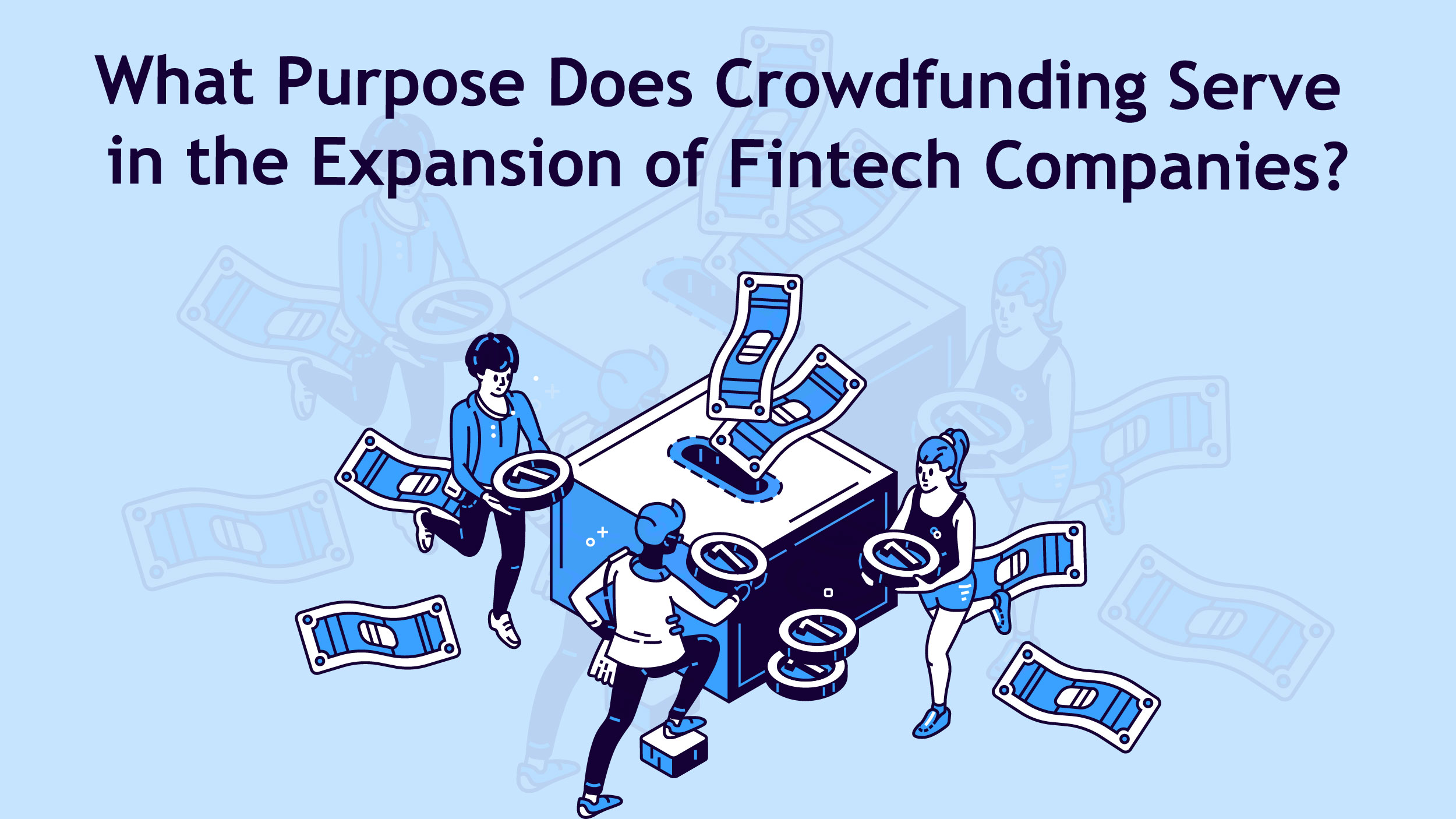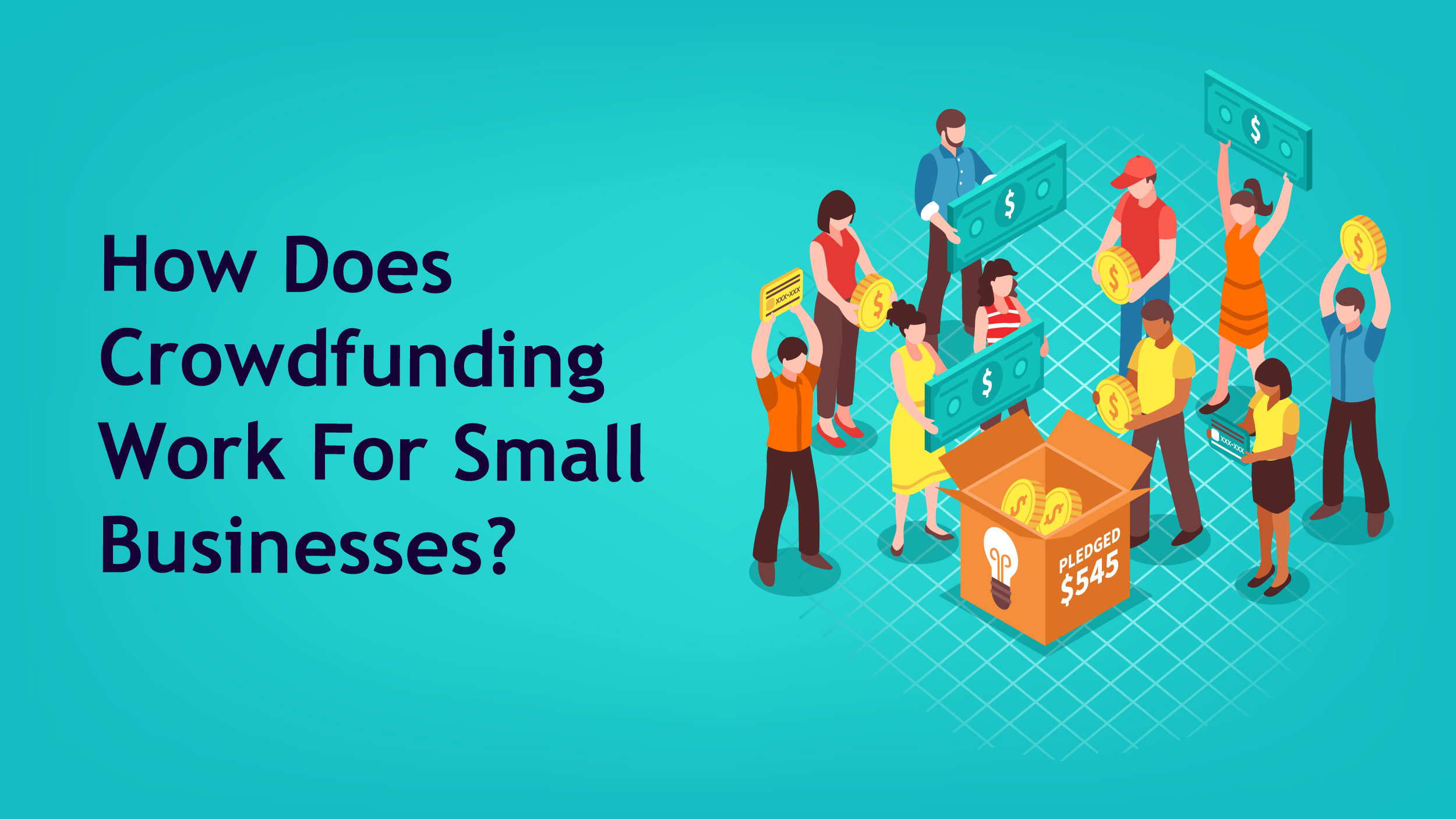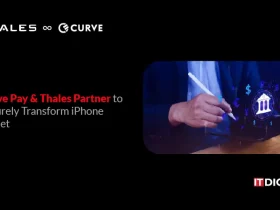Crowdfunding has gained prominence as a company financing solution over the past several years, altering how inventors and business owners bring their ideas to reality. Traditional fundraising models have been reshaped by this creative technique of raising capital, which has created exciting new possibilities for both startups and well-established companies.
Every year, over $17 billion is generated in North America via crowdfunding. This number highlights how widely used and effective crowdfunding is as a viable substitute for conventional financing techniques, making it a force to be reckoned with in the corporate world.
This blog tells you everything you need to know about crowdfunding and its implications for fintech companies. So, let’s begin with the basics.
What is Crowdfunding?
Crowdfunding is a process that involves businesses raising money from lots of people in the form of small donations. Reward crowdfunding, debt crowdfunding, and equity crowdfunding are the three main types of crowdfunding. It is quite the ideal method for fintech firms to get off the ground quickly while also enjoying the flexibility of distributing shares or not distributing them.
Fintech companies use different methods to raise money, and most of them still use conventional methods to raise money. A relatively small percentage of these companies use it for raising capital. This is probably because the crowdfunding industry is still relatively new. However, even though the results of crowdfunding are still under the observational microscope, it can help fintech companies grow substantially.
Additionally, crowdfunding has many advantages beyond just financial ones. Entrepreneurs can instantly validate their ideas and determine market interest by starting a crowdfunding campaign. The campaign serves as a litmus test, collecting insightful comments and feedback from prospective customers while also fostering a network of early adopters and brand defenders. Crowdfunding can also be a potent marketing technique, creating excitement and awareness around a project or product that can continue to have an impact even after the financial target has been met.
What Purpose Does Crowdfunding Serve in the Expansion of Fintech Companies?
 Crowdfunding platforms can provide many advantages to fintech companies that are seriously considering them as an option to get off the ground. The biggest benefit it can offer a fintech company is that it can instantly provide an active fan base for the company. Having an invested and engaged audience to rely on when necessary is beneficial for a fintech company focused on solving actual problems in consumer finance.
Crowdfunding platforms can provide many advantages to fintech companies that are seriously considering them as an option to get off the ground. The biggest benefit it can offer a fintech company is that it can instantly provide an active fan base for the company. Having an invested and engaged audience to rely on when necessary is beneficial for a fintech company focused on solving actual problems in consumer finance.
It facilitates the ability to raise initial capital for the company. Additionally, it also allows the firm to form a community of investors who are willing to support them and give them opinions on product development while getting publicity for their brand.
To ensure that the crowd is the ideal one for them, fintech companies should exercise caution when choosing the type of campaign and the platform on which to execute it. This is particularly true for fintech companies whose target clients are institutional investors. This is worth considering because running a crowdfunding campaign targeted at consumers can weaken the brand’s reputation.
In a nutshell, it enables business owners to pinpoint their target market and modify the product they are creating based on its reception. They can gain a deeper understanding of what matters most to their target audience and help them discover new ways to make their services better. However, not every fintech company may find it the best option to accelerate their growth because success also depends on both the business offerings and the target audience.
Many financial companies have gone ahead and utilized crowdfunding to their benefit. In the coming years, as the financial sector expands, more businesses may soon begin utilizing crowdfunding platforms to accelerate their growth.
How Does Crowdfunding Work For Small Businesses?
 Crowdfunding is one of the most effective ways small businesses can raise money. It gives them access to a huge pool of possible investors and can enable them to create a strong support network. Three main types of crowdfunding can fare well for small businesses:
Crowdfunding is one of the most effective ways small businesses can raise money. It gives them access to a huge pool of possible investors and can enable them to create a strong support network. Three main types of crowdfunding can fare well for small businesses:
1. Donation Crowdfunding
This is the most typical form of crowdfunding for small enterprises. It entails requesting people to donate money to your company for nothing in return. This type of crowdfunding is frequently used to fund beginning enterprises or philanthropic projects. For instance, pet-focused company Pebby launched a crowdfunding campaign, raising $500,000 in order to produce and distribute its products.
2. Reward Crowdfunding
This type of crowdfunding involves offering backers rewards in exchange for their donations. The rewards can be anything from products or services to experiences. This type of crowdfunding is often used to launch new products or services. Oculus VR, now a Meta company, had raised over $2.4 million by giving away developer kits to backers in exchange for supporting the company.
3. Equity Crowdfunding
People can invest in your company through equity crowdfunding in exchange for shares. While this form of crowdfunding is riskier than donation- or reward-based crowdfunding, it has the potential to yield bigger returns.
Similar to other types, a UK-based digital bank named Monzo raised funds in its early stages. They gave their clients and supporters the chance to purchase stock in the business. This strategy not only aided Monzo in raising money but also helped its consumer base feel connected and loyal.
How Does Kickstarter Work?
The global crowdfunding site Kickstarter specializes in assisting the realization of artistic endeavors. It offers a platform for company owners, creatives, and small enterprises to raise money for their projects through the combined efforts of many people, often online.
Below are some pointers on how Kickstarter works:
- On Kickstarter, a creator establishes a project page. The project’s financial target, description, and rewards for backers are all listed on the project page.
- Money can be pledged to the project by backers. The smallest pledge is $1.
- The project must raise the necessary funds within the allotted time frame (typically 30 days). If the project’s financing target is not met, no money from backers is collected.
- Kickstarter takes 5% of the total funds generated if the project meets its funding target. The remaining money is then given to the creator.
To Sum up
The crowdfunding sector has experienced a remarkable expansion in recent years, and it is reasonable to predict that this growth will continue. Creators and business owners now have more chances than ever to raise money for their endeavors, engage with their communities, and establish their brands due to technological breakthroughs and the growing popularity of social media.
As more investors adopt this new funding model, we could expect that the democratization of access to finance will become even more common in the future. It comes as no surprise that crowdfunding has a lot of potential, and it is an exciting moment to be a part of this revolutionary method of fundraising for both creators and investors.



































